All hail the mushroom king :P.
It’s the fungus mushrooms are made of, but it can also produce everything from plastics to plant-based meat to a scaffolding for growing organs—and much more.
- By Eben Bayer on July 1, 2019
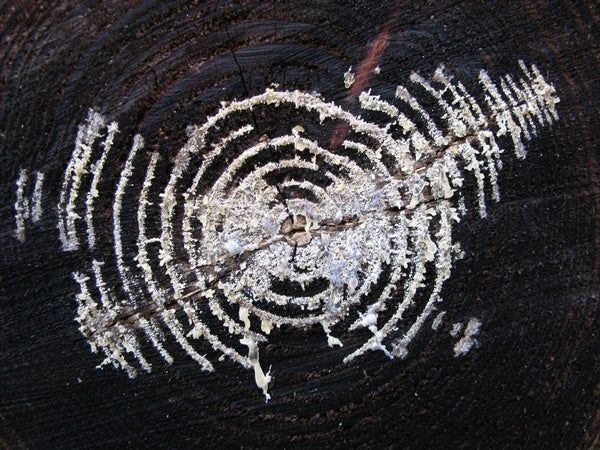
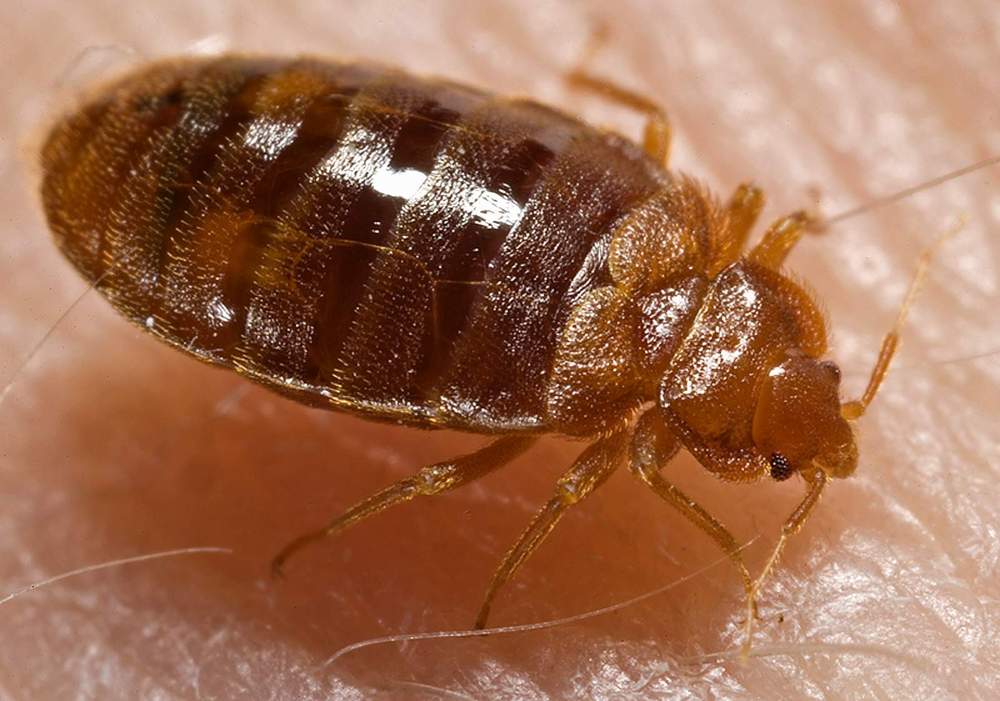
Female bedbugs who are ‘full bellied’ and therefore more attractive mates for males, are able to boost their immune systems in anticipation of catching sexually transmitted infections, research has found.
Led by the University of Sheffield, the research discovered a correlation between fed females and the chances of them being inseminated and therefore infected as a result.
To mitigate this, female bedbugs that have just dined on blood and are therefore full, are able to cleverly manage their simple immune system in anticipation of mating. This is in comparison to female bedbugs that do not get regular food, do not mate regularly and therefore do not have the same need to boost their immune system in defence of infection.

Nothing can threaten a velvety green lawn like vagabond dandelions—but it isn’t all bad, says a University of Alberta gardening expert.
In fact, people may want to actually welcome the fluffy yellow blooms into their yards, said Ken Willis, head of horticulture at the U of A Botanic Garden.
“There’s starting to be a lot more argument that they should be kept because of what they can do for pollinators. Ecologically they are becoming very important as a food source for domestic and wild species of bees, particularly in early spring because they grow so soon. Butterflies and moths also feed on them as a source of sugar, and some species of birds feed on dandelion seeds,” said Willis, who leaves room for the hardy plant in natural areas in the botanic garden.
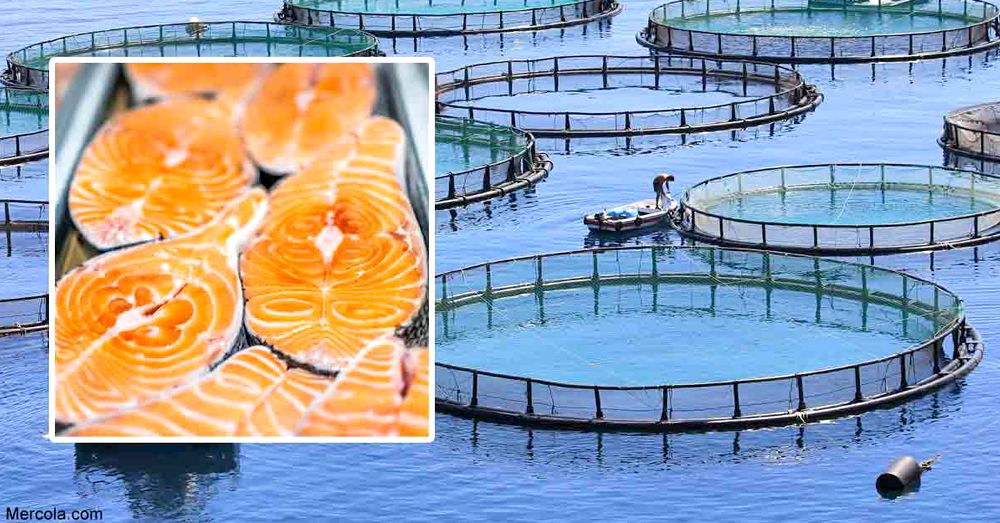
Fish are an important part of the ecosystem and the human diet. Unfortunately, overfishing has depleted many fish stocks, and the proposed solution — fish farming — is creating far more problems than it solves. Not only are fish farms polluting the aquatic environment and spreading disease to wild fish, farmed fish are also an inferior food source, in part by providing fewer healthy nutrients; and in part by containing more toxins, which readily accumulate in fat.
Farmed Salmon = Most Toxic Food in the World
Salmon is perhaps the most prominent example of how fish farming has led us astray. Food testing reveals farmed salmon is one of the most toxic foods in the world, having more in common with junk food than health food. Studies highlighting the seriousness of the problem include:


Do you know how to maintain a family-sized garden without unlimited soil, natural sunlight and Earth’s gravity? If the answer is yes, then call NASA.
The Fairchild Tropical Botanic Garden in Miami in partnership with NASA is calling all “makers” to participate in its “Growing Beyond Earth Maker Contest.” The challenge is to reinvent the systems used to grow edible plants on the International Space Station and beyond.
Fairchild and NASA began their partnership in 2015 to find more ways to sustain plant life in space. Last summer, the botanical garden received a nearly $750,000 grant from NASA to support its Growing Beyond Earth Innovation Studio, a community work space dedicated to the technology of growing food.
An all-star panel of experts in nutritional studies with an emphasis on longevity. At some point in your life, you have heard the following. “Eat the right food. It will help you live longer.” What if I told you the right food could help you heal as well. This panel of longevity driven nutritionist will give you a broad range of fact-based regiments and compelling individual opinions on Nutrition and longevity.
This segment will cover many diverse understandable methods that can make a change in longevity for you or your loved ones. Fill yourself with the knowledge of proper nutrition for longevity.
Speakers Will Include:
Brian Clement – Plant-Based & founder of “Hippocrates Health Institute”
A typical American growing up in the New Jersey/New York area, Brian likes to joke that he was a pioneer in the field of obesity—he was fat even before many Americans were fat! Raised in an Irish household on the standard American diet of meat, processed foods, and sugary sodas, he was unfit and gasping for air every few steps. When he was 20 years old, he was dating a girl whose best friend’s boyfriend was 30—and a vegetarian. Despite the fact he had been more or less educated by his family that the body would die without animal-based foods, the lure of an influential peer inspired him to give up meat in one fell swoop. For the first year and a half, he kept his vegetarian diet a secret from his family. Yet after losing 120 pounds and experiencing the difference in his health, he came out of the proverbial closet (much to his family’s dismay!) and became a complete vegan three years later.
Scott Joseph – Fruitarian & author of “Perfect Human Food”
Perfect [Human] Food — Written by Scott Joseph © 2019 Approx 95% of all illnesses and diseases are “DIET-RELATED” so you could cure and prevent virtually all health issues… if you simply eat the right FOOD. For example, animals in nature, away from all human interference, do not develop “diet-related” illnesses and diseases such as; Heart Attacks, Cancers, Strokes, Diabetes, Alzheimer’s, Depression, Anxiety, ADD, Arthritis, Osteoporosis, Acne, Psoriasis, Cavities, Tooth Decay, Colds, Flu, Headaches, Glaucoma, Cataracts, Obesity and hundreds of other health issues that humans develop… because they instinctively eat the foods that were specifically designed for their species.
Knowing that all other living creatures living in the wild, eat a specific diet and have virtually perfect health, except our pets, it only makes sense that the super healthy natural diet of our closest living relatives is the answer to curing and preventing virtually all of our health issues.
Wendi Blum – Founder of “Founder of Create Your Best Life”
Wendi Blum worked in the pharmaceutical industry for over 20 years until (at age 45) felt a calling to completely change every aspect of her life. After two decades in a successful sales career (having worked for Zenecca Pharmaceuticals, PDI and Bristol Myers Squibb, wearing many different hats including advocacy, sales, and training) Wendi decided to re-write the story of her life literally and become an international inspirational speaker, author, workshop leader, success coach, and life-shift retreat guru.
She is the author of 5 books – known for her focus on reinvention, goal mastery, and business savvy – she is known as “the queen of reinvention” Her titles include: “Your Life, Your Destiny, Uncover Yours, LifeShift” and “Goals Setting Workbook: Success Strategies for The New Economy” – and many more. Blum is known for her blend of Spiritual flare with business savvy” because of how she merges these two powerful components together.
Bill Faloon — Director and Co-founder of the “Life Extension Foundation”.
Bill Faloon compiled the 1,500-page medical reference book Disease Prevention and Treatment, and his latest book is Pharmocracy: How Corrupt Deals and Misguided Medical Regulations Are Bankrupting America—and What to Do About It. He is also director and co-founder of the Life Extension Foundation, a consumer advocacy organization that funds research and disseminates information to consumers about optimal health. Mr. Faloon has made hundreds of media appearances, including guest spots on The Phil Donohue Show, Tony Brown’s Journal, and ABC News Day One, and has been interviewed Newsweek and other magazines.
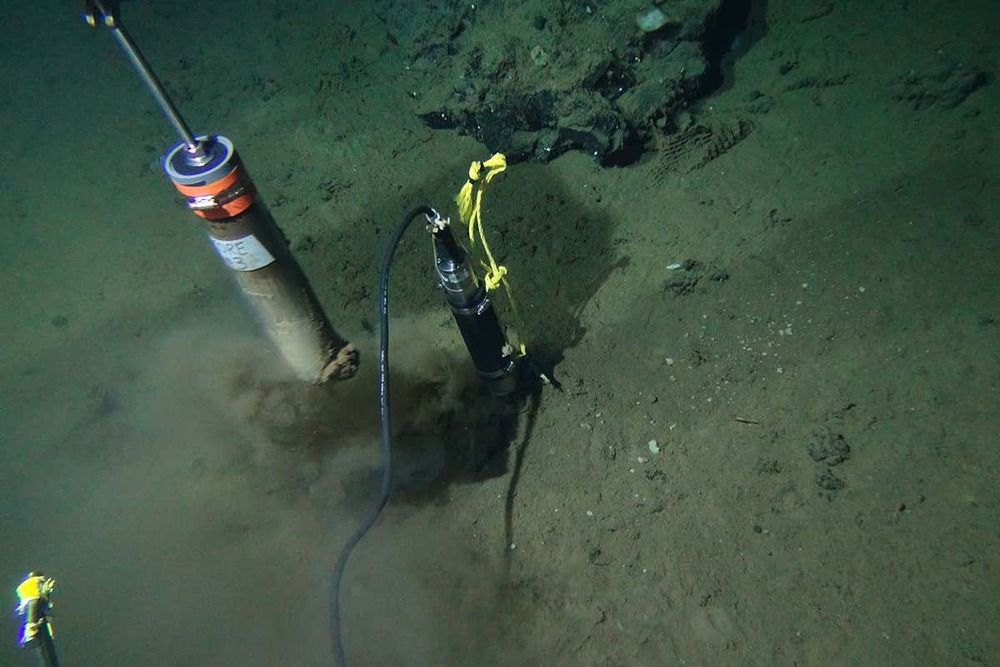
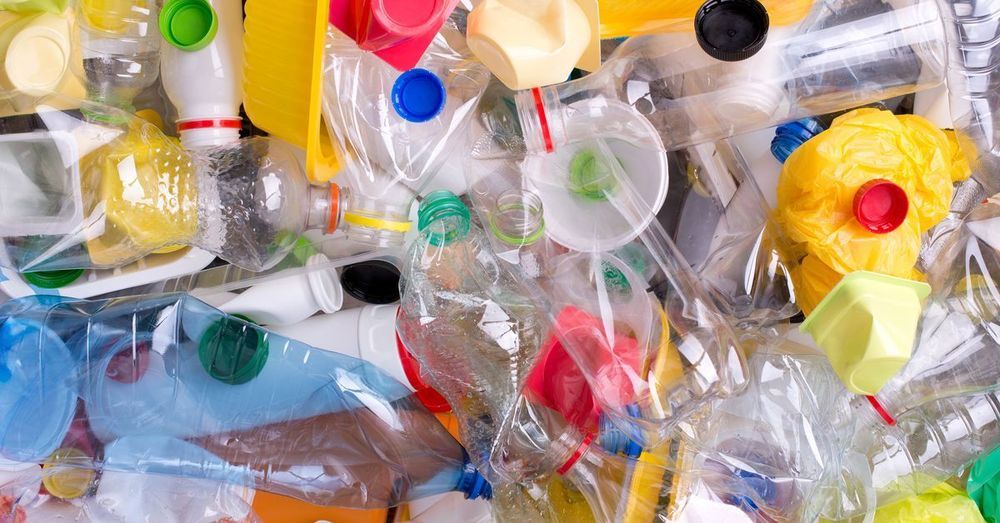

Five years ago, Yandex was just a search engine trying hard to fend off Google in its local market. Since then it has bought Uber Technologies Inc.’s Russia business, built its voice assistant into cars and home appliances, and more than doubled its revenue. Yandex now claims to have 108 million monthly users, which is about 75% of Russia’s population.
I’m woken up by an alarm on a home speaker designed by Yandex NV. I go to work in Yandex taxi listening to the company’s music-streaming service. My lunch is delivered by Yandex. Eats. I buy sneakers on the company’s Beru marketplace, and catch up on a series on its Kinopoisk smart-TV app in the evening.
You get the picture. Not so long ago, most decisions in Russia were decided by the state. Now, Russia’s largest tech company can cater to your every need.